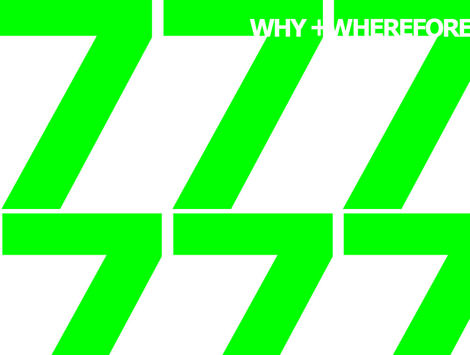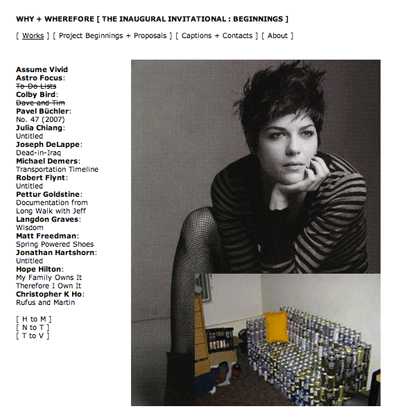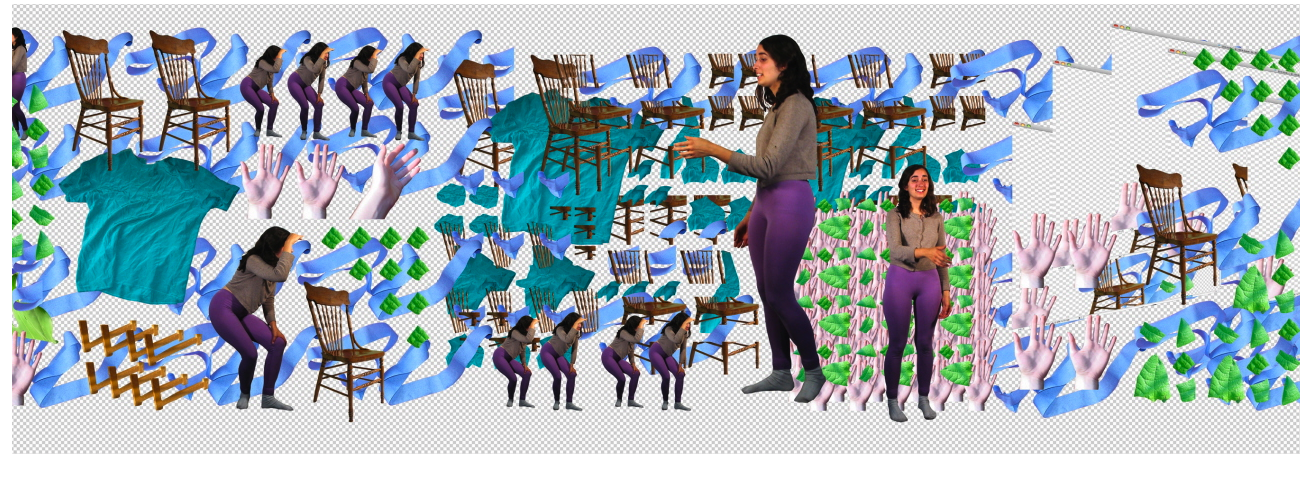

For their inaugural show Beginnings, Guthery, Tan, and Weist addressed the uncertainty of a work between its conception and final completion, inviting a diverse group of artists, practicing both online and off, to submit entries around the process of beginning a piece.
In PDF, Why + Wherefore organized an online exhibition in conjunction with more than 20 international venues. PDF was installed at each of its material sites for only one day, but a reproducible selection of specially commissioned PDF files were freely available on their website along with instructions for displaying a real life exhibition of the work.

Follow up shows like their 7x7 series, where seven websites were invited to curate seven separate online exhibitions featuring seven works composed around a theme, including Rhizome's entry "The Long Gallery" organized by Brian Droitcour, explored the variability of online curating. With entries as diverse as VVORK's Unititled sound show and I Heart Photograph's (Naturally Occurring Emoticons), each exhibition feels unique, yet unified within the exhibition's format.

Pursing online curation across media, in the 2008 exhibition This One Goes Up to 11, the founders and curator Hanne Mugaas, chose ten videos each for the show around the theme of pop and media culture. The show provided an alternative to video art installed in galleries and allowed viewers more time and control with which to interact with the works on display.